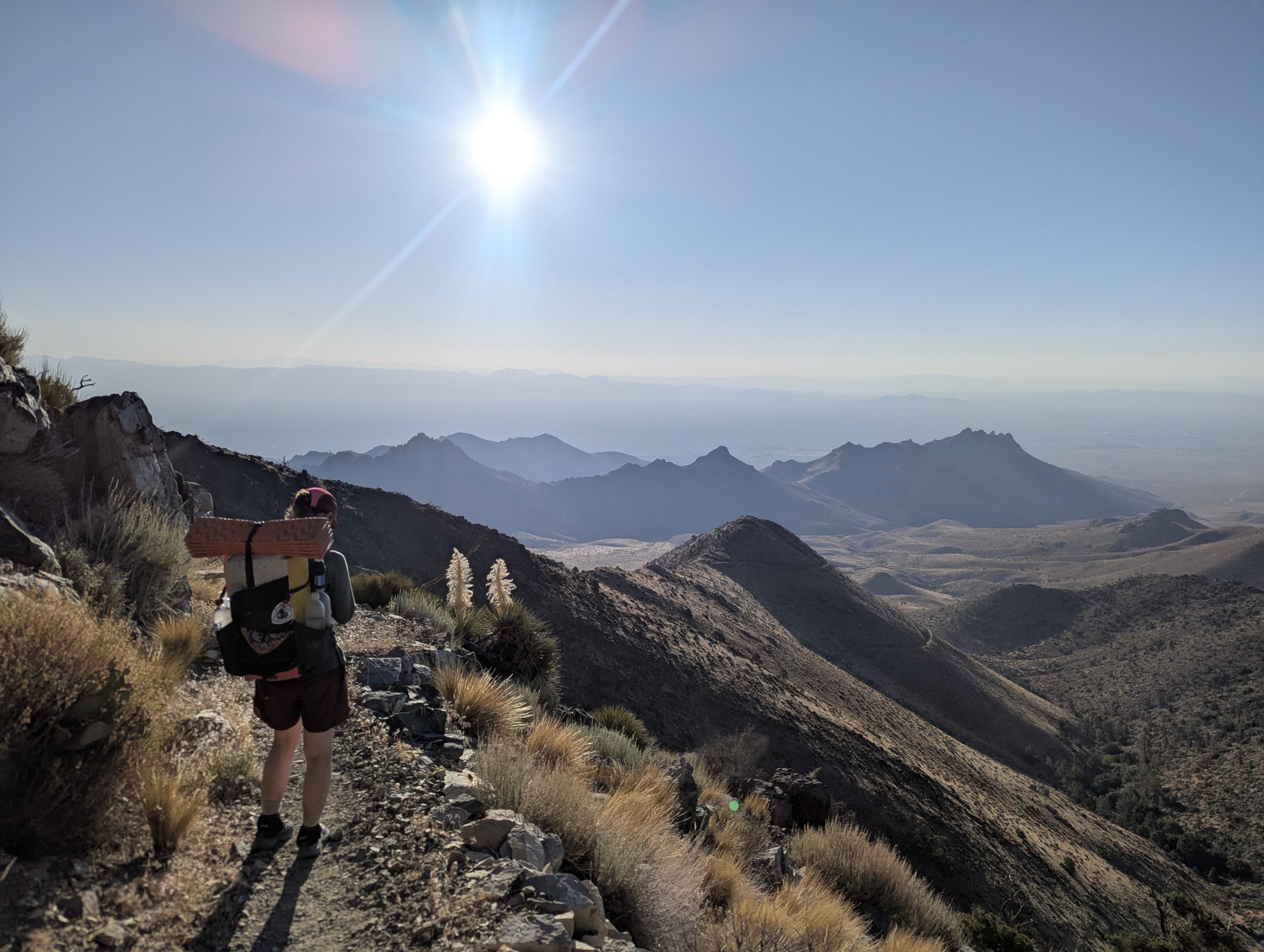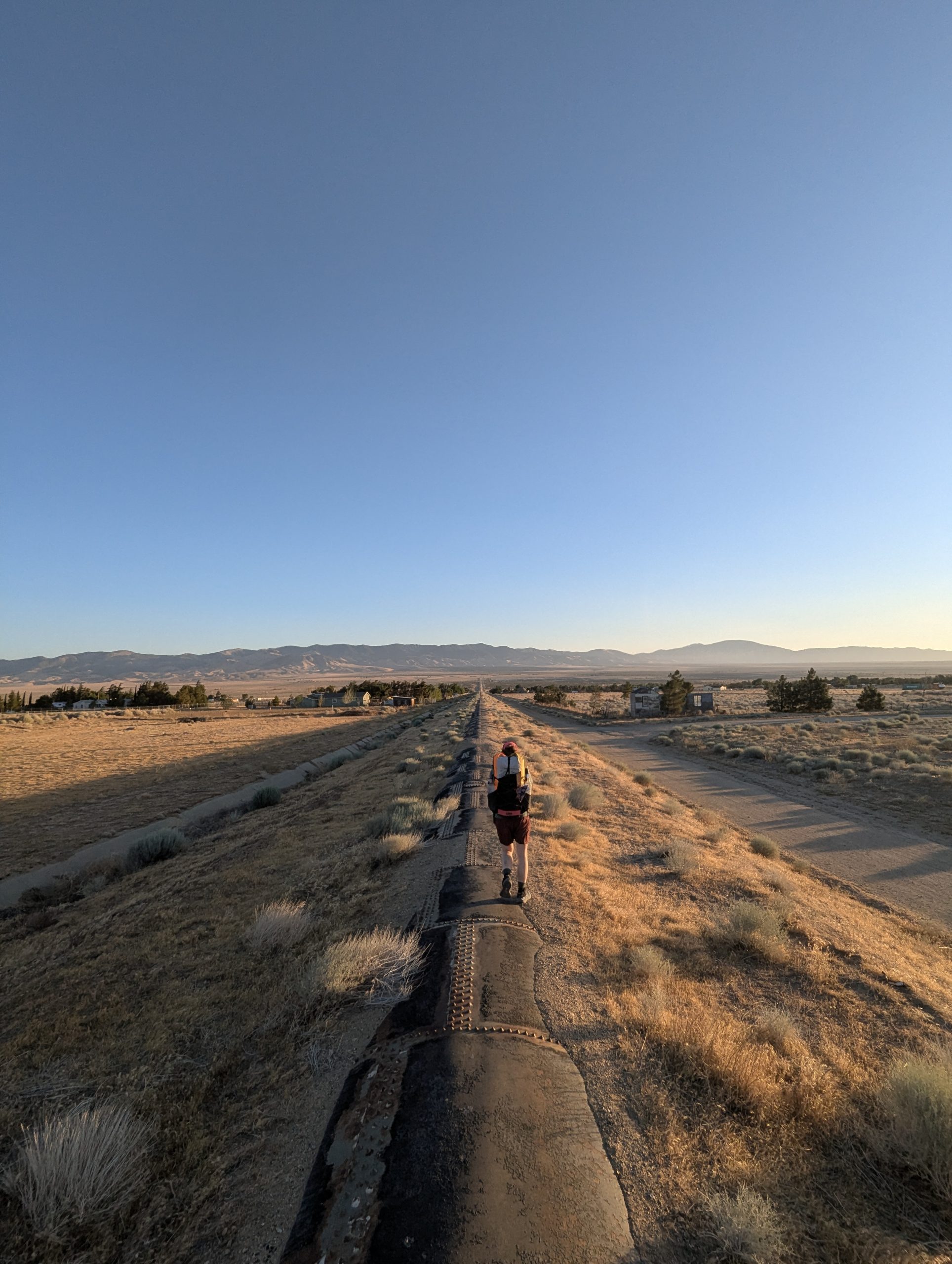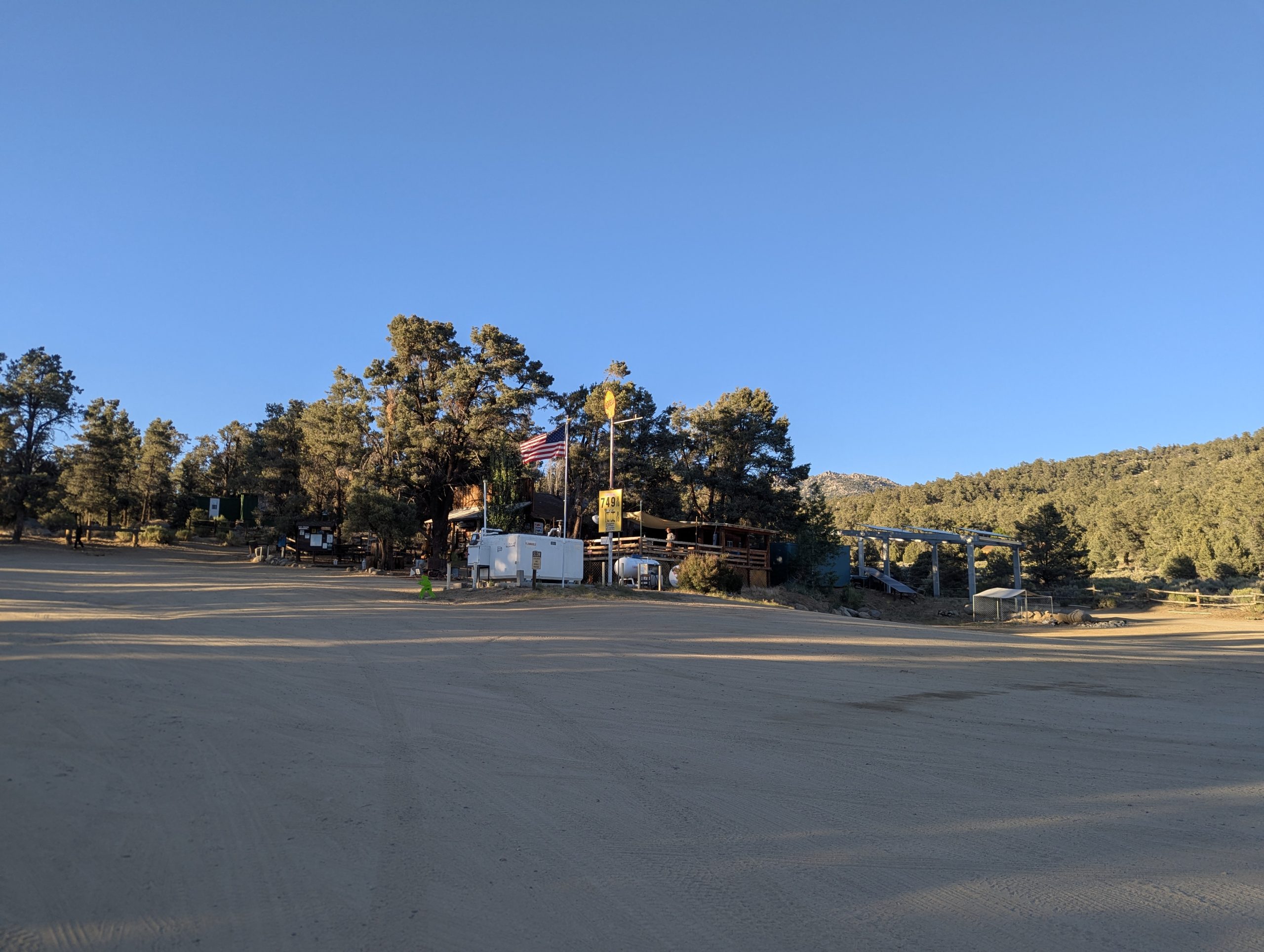Starting the Pacific Crest Trail is exciting.
Staying in it is a commitment.
Completing it is heroic.
After weeks in the desert, the emotion begins to fade, and the reality of the trip begins to settle. You have only reached half, but heat, miles and days already feel heavy. This is a marathon, not a sprint, and you still need to get up and walk. Day after day after day.
Endless desert miles, shining in the heat of noon
With your feet and legs starting to adjust, your mind now has time to think. Okay, I can do this … But this is just the beginning. I need to move on.
The mental challenge
This is where the PCT begins to try it mentally. You begin to understand the scale ahead. The miles, the days, the steps. Around us, we saw friends of the first days disappearing from the road. Some abandoned completely. Others jumped small sections, or entire stretching, to advance.
The families of trails who felt permanent in the field began to dissolve. Those first bonds disappear as people move faster, slower or not at all.
And at that time, the question craws: Why am I still here?
A hiker we met before coming along the way, gave us the simplest frame:
«You have to know why you are here … and why would you leave. «
For me, the answer was clear, I like the challenge. But your answer does not need to be great. I even like hiking and this is a beautiful walk is enough. What matters is to know, because you will need it to advance.
 A quiet pause on a crest, have time to think and restore
A quiet pause on a crest, have time to think and restore
The physical test
The desert is where many hikers break. We kept our slow and stable rhythm, resisting the temptation to run ahead, because an injury here can end the walk before it really begins.
Famous sections such as Los Angeles Aqueduct attract you with their flat miles, but under the relentless sun and flying wind, they become a resistance test. This is where the blisters swell, the knees hurt and the energy fades.
 Walk through the Los Angeles Aqueduct being hot, flat and endless.
Walk through the Los Angeles Aqueduct being hot, flat and endless.
Gear failures
If you can go wrong on the PCT, it will go wrong in the desert. The new team fails. Old team in which you trust for years suddenly surrenders. The stakes of the store are broken on the baked floor. Sleep carpets deflate in the middle of the night.
Replace the equipment means discovering shipping, time and sometimes giving up your rest in the city to solve it. It is part of the life of the path, but adds to the mental burden, especially from the beginning, when anxiety is still high.
The routine
The routine is accommodated. You wake up before dawn, walk in the morning fresh and pass the heat of the hidden day under any piece of shadow you can find. You try to stay positive, but the desert has a way to wear.
The sun hits. Water transports are long. You are hot, tired and perhaps a bit irritable.
And then, just when the desert begins to feel endless …
The bell at Kennedy Meadows
You listen to it.
A bell, weak at the beginning. Then stronger.
You around the corner, and there it is. The Kennedy Meadows general store.
The bell is called, your name is called and you realize: you have succeeded. The desert is behind you.
The mind is clarified. The emotion increases again.
The Sierra Nevada is at your feet.
 Dusty, tired and in Kennedy Meadows
Dusty, tired and in Kennedy Meadows
This website contains affiliate links, which means that the walk can receive a percentage of any product or service that you buy using the links in the items or ads. The buyer pays the same price that would do it differently, and his purchase helps to support the continuous objective of the walk to address his quality backpack advice and information. Thanks for your support!
For more information, visit the page about this site.


:max_bytes(150000):strip_icc():focal(2999x0:3001x2)/peo-kelly-clarkson-showed-us-how-to-smartly-wear-sweaters-without-overheating-tout-58e24f71119f420f8ba79a3d90f3bcbf.jpg?w=238&resize=238,178&ssl=1)

